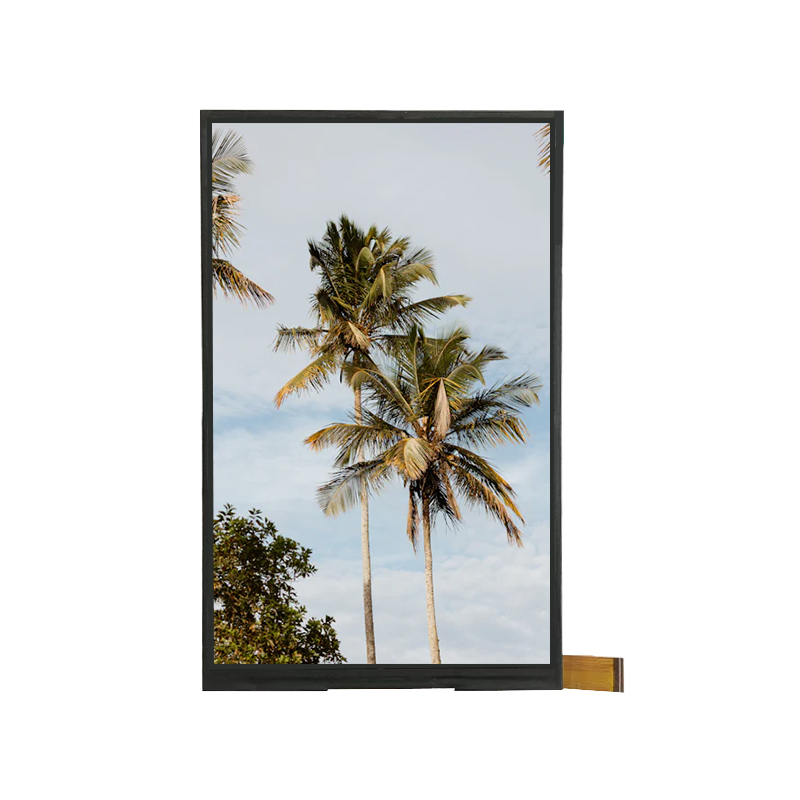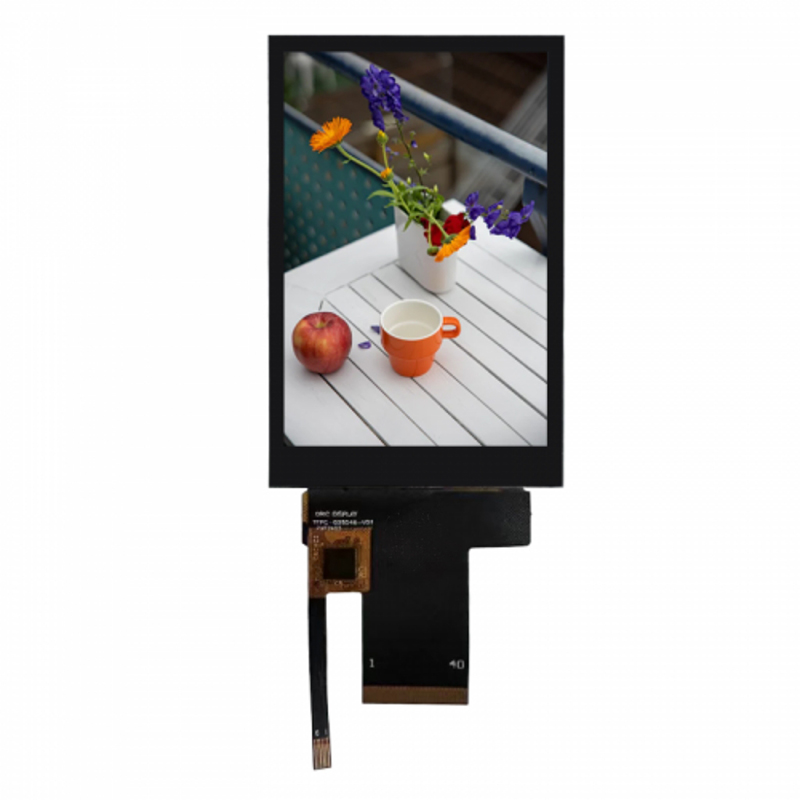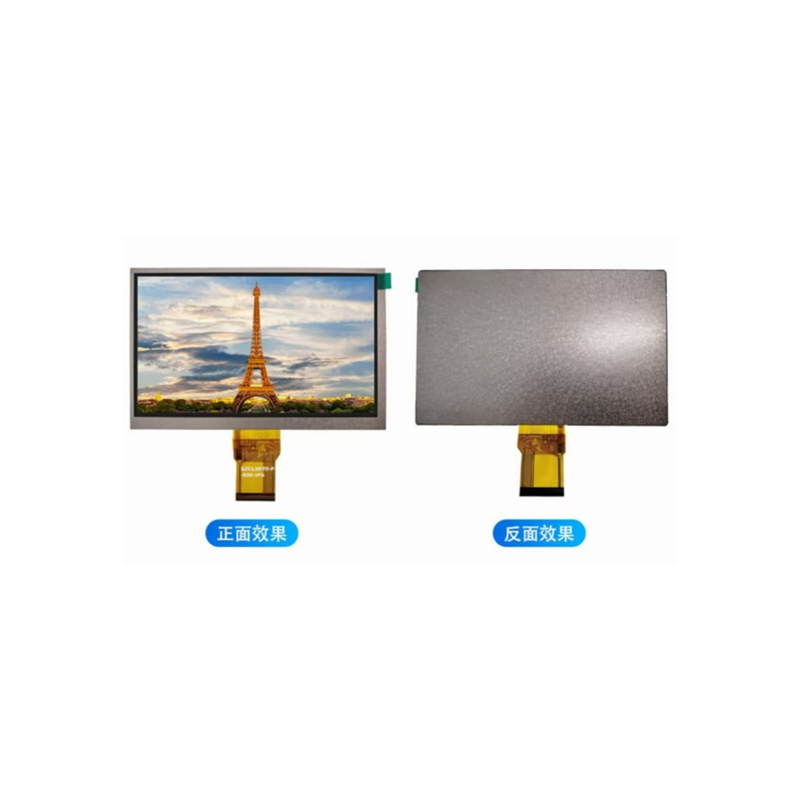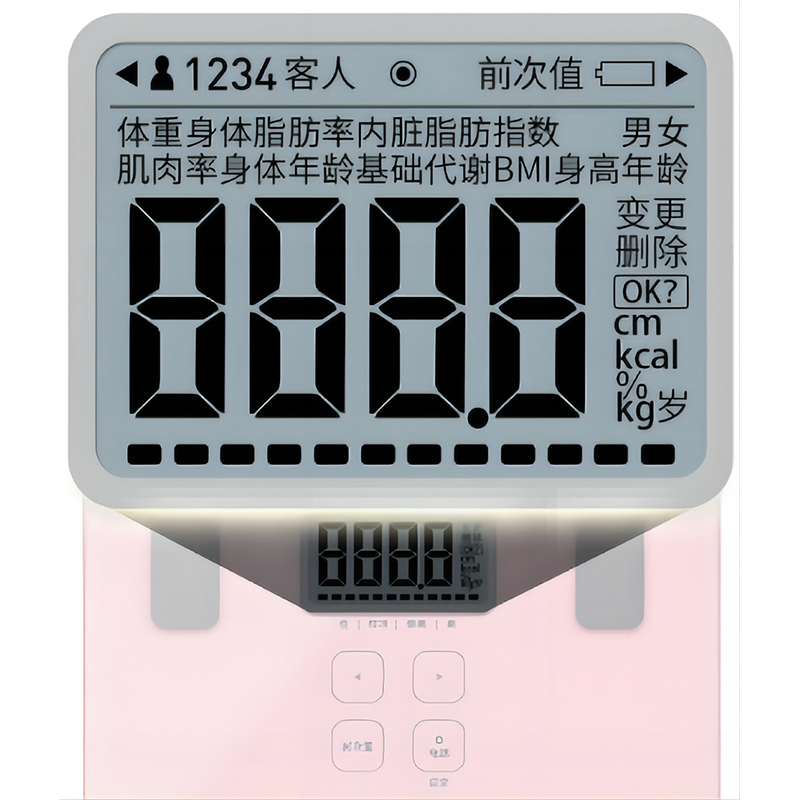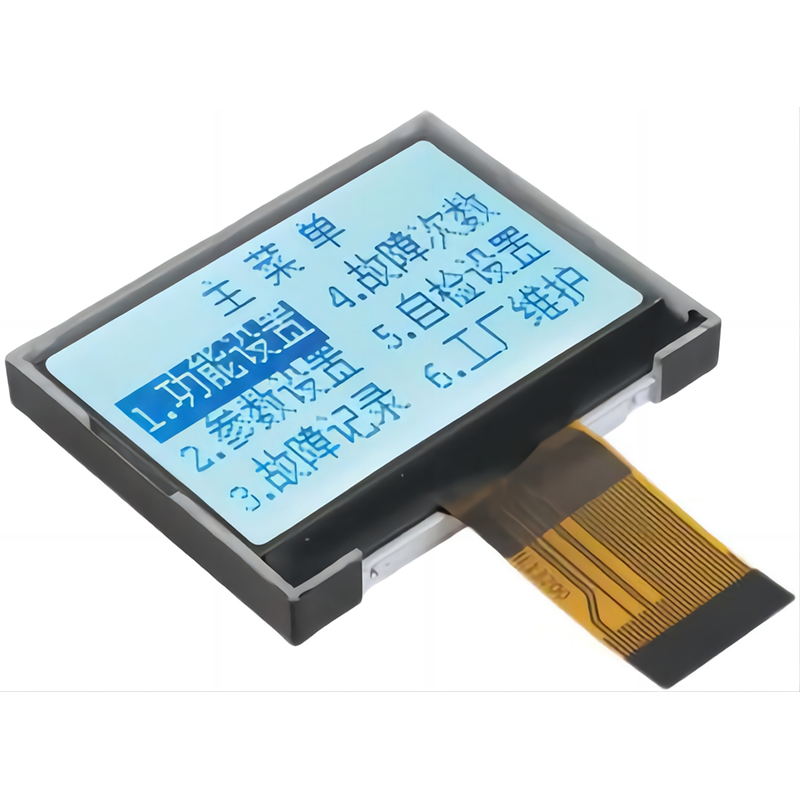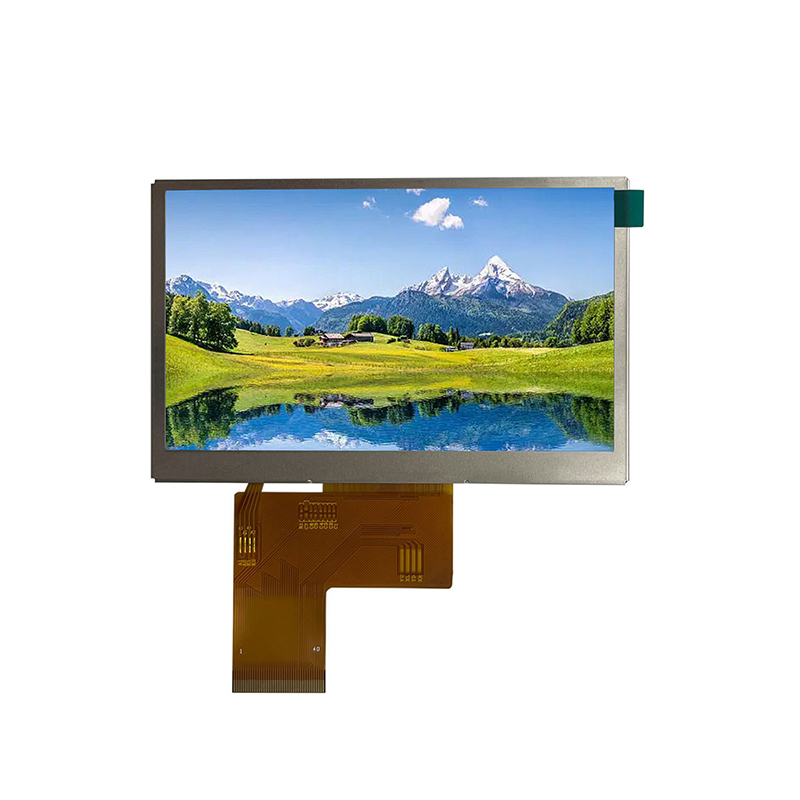
This comprehensive guide explores the world of color TFT screens, covering their types, specifications, applications, and selection criteria. Learn how to choose the perfect color TFT screen for your specific needs, from understanding resolution and color depth to considering factors like viewing angle and response time. We'll also delve into the latest advancements in color TFT screen technology.
Color TFT screens are primarily categorized into active-matrix (AM) and passive-matrix (PM) types. Active-matrix displays, such as those using thin-film transistor (TFT) technology, offer superior image quality with faster response times and better contrast ratios compared to passive-matrix displays. AM-color TFT screens are the standard for most modern applications, while PM-color TFT screens are generally found in less demanding applications due to their lower cost and lower power consumption. The choice between AM and PM depends heavily on your budget and performance requirements.
Color TFT screens are available in a wide range of resolutions and sizes. Resolution refers to the number of pixels displayed horizontally and vertically (e.g., 800x480, 1024x768, 1920x1080). Higher resolutions provide sharper images and more detail. Screen size is typically measured diagonally in inches. The ideal resolution and size will depend on the application; a small color TFT screen might suffice for a portable device, while a larger screen with high resolution is often needed for professional applications.
When selecting a color TFT screen, several key specifications should be considered:
As mentioned above, higher resolution equals sharper images. Consider the viewing distance and the level of detail required for your application. A higher resolution color TFT screen is generally preferable but comes with a higher price tag.
Color depth refers to the number of bits used to represent each color. Higher color depths (e.g., 24-bit or 32-bit) produce more vibrant and realistic colors. However, higher color depth generally increases the cost and power consumption of the color TFT screen.
The viewing angle indicates the range of angles from which the screen can be viewed without significant color distortion or loss of contrast. Wide viewing angles are essential for applications where multiple viewers might be present.
Response time measures how quickly a pixel changes color. A faster response time is crucial for applications involving moving images, such as gaming or video playback. Slower response times can lead to motion blur.
The best color TFT screen for your needs depends entirely on the application. For example, a high-resolution screen with a fast response time is ideal for gaming, while a smaller, lower-resolution screen might be sufficient for a portable GPS device. Consider the trade-offs between resolution, color depth, viewing angle, response time, size, and cost when making your decision.
Color TFT screens are ubiquitous in various applications, including:
For high-quality, reliable color TFT screens, consider exploring options from reputable manufacturers. Companies like Dalian Eastern Display Co., Ltd. offer a wide range of customized solutions. Their expertise ensures you find the perfect fit for your project.
Selecting the appropriate color TFT screen requires careful consideration of various factors. By understanding the key specifications and considering the specific application requirements, you can ensure that your chosen color TFT screen meets your needs and provides optimal performance.

